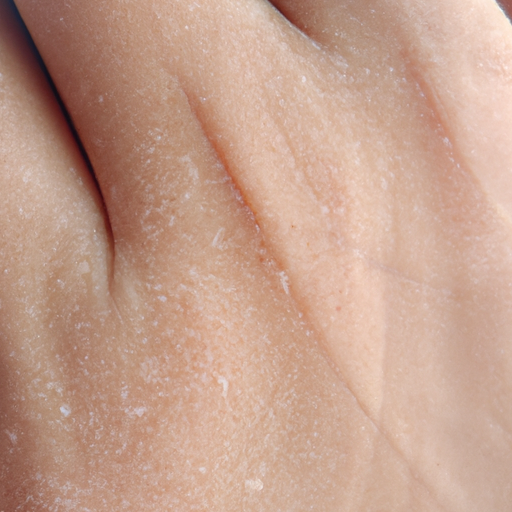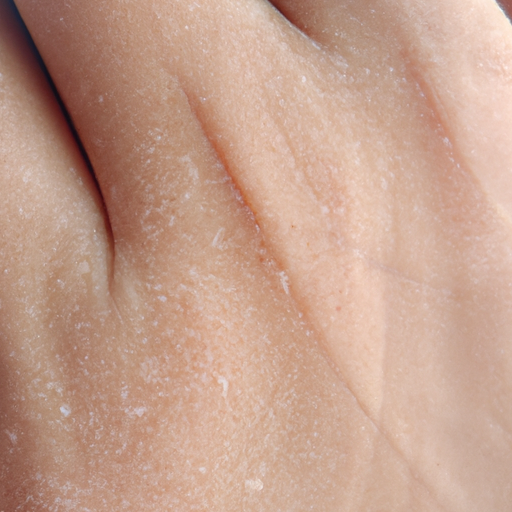As a dermatologist, I often encounter patients seeking solutions for skin rejuvenation. One of the most effective treatments that I recommend is body peels. This procedure, while not new, is often misunderstood. Today, I aim to unveil the magic of body peels and offer a comprehensive guide to this transformative skin treatment.
Body peels are a type of chemical exfoliation that involves applying a solution to the skin to remove its outermost layers. This process stimulates the production of new skin cells, leading to improved texture, tone, and overall appearance. Body peels can address a variety of skin concerns, including acne scars, sun damage, hyperpigmentation, and signs of aging such as fine lines and wrinkles.
The magic of body peels lies in their ability to reveal fresh, revitalized skin. When the peel solution is applied, it penetrates the skin’s surface to dissolve dead skin cells and stimulate cellular turnover. This process reveals a new layer of skin that is smoother, brighter, and more youthful-looking.
There are different types of body peels available, each designed to target specific skin concerns. Light or superficial peels use mild acids like alpha-hydroxy acid (AHA) or beta-hydroxy acid (BHA) to gently exfoliate the skin’s surface. These peels are ideal for treating mild skin discoloration and roughness. Medium peels use stronger acids like trichloroacetic acid (TCA) to penetrate deeper into the skin. They are more effective for treating moderate sun damage, fine lines, and acne scars. Deep peels use phenol, the strongest acid, to treat severe sun damage and deep wrinkles.
The process of getting a body peel starts with a consultation with a dermatologist or a trained skincare professional. During this consultation, your skin type, concerns, and goals will be assessed to determine the most suitable type of peel for you. The actual procedure typically takes 30 minutes to an hour, depending on the area being treated.
After the treatment, your skin may appear red and feel sensitive, similar to a sunburn. It’s crucial to follow aftercare instructions, which include avoiding sun exposure, using a gentle cleanser, and applying a moisturizer and sunscreen. Peeling usually starts within 2-3 days and can last up to a week. Once the peeling subsides, you’ll be left with noticeably improved skin.
Body peels are a powerful tool in skin rejuvenation. They offer a non-invasive, relatively quick solution to a variety of skin concerns. However, they are not suitable for everyone. Those with sensitive skin, active skin diseases, or certain medical conditions should consult with a dermatologist before considering this treatment.
In conclusion, body peels are an effective way to achieve healthier, younger-looking skin. They work by removing the outer layers of skin to reveal fresh, new skin underneath. With different types of peels available, there’s a solution for almost every skin concern. As always, it’s essential to seek professional advice to ensure the treatment is safe and suitable for your skin type and concerns. Unveil the magic of body peels and embrace the journey towards skin rejuvenation.




